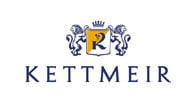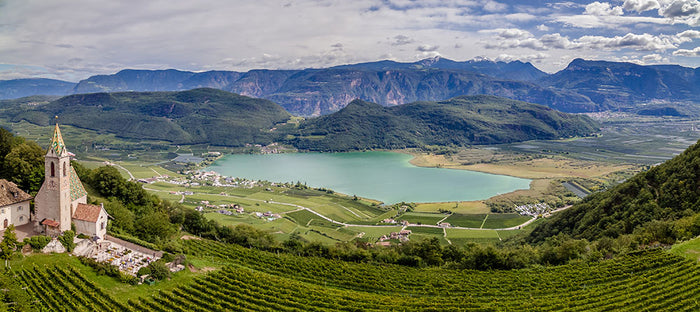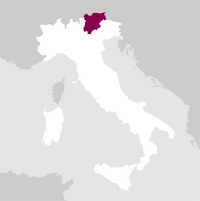詳細資訊

珍珠泡沫

香水

顏色

味道
服務於:
06 - 08 °C.
長壽:
05 - 10 years

搭配
- 創業年份: 1919
- 釀酒師: Josef Romen
- 生產的瓶子: 290.000
- 公頃: 55
Tradition as a value to be handed down, and progress as a vision to be perpetuated. Innovators, but with the awareness that one must not abandon the heritage of tradition, preserved as a fundamental bond with the land and one's own history.
One example is the architecture of the Kettmeir winery, preserved intact since the Second World War as a precious testimony to its past. And it is in the historic wine cellar, where both the wines rest in barrels and the classic method sparkling wines on ancient pupitres, that part of Kettmeir's success is realised under the watchful eye of oenologist Josef Romen.
The other place is the vineyards, stretching from Kaltern to the Ebnicherhof to Salurn, where Pinot Noir, Chardonnay, Sauvignon, Moscato rosa and many other grape varieties grow, cultivated with absolute care, respecting all their varietal peculiarities. In every grape, the history of this land. In every drop, the know-how of its people. In every bubble, a way of being. 閱讀更多


| 名称 | Kettmeir Athesis Metodo Classico Brut 2022 |
|---|---|
| 类型 | White classic method sparkling wine brut |
| 葡萄酒名称 | Alto Adige DOC |
| 年份 | 2022 |
| 容量 | 0,75 l |
| 酒精度 | 12.5% 按體積 |
| 葡萄品种 | 57% Chardonnay, 35% Pinot Bianco, 8% Pinot Nero |
| 国家 | Italy |
| 产地 | Trentino Alto Adige |
| 供应商 | Kettmeir |
| 产地 | Medium-high hills of Oltreadige and Bassa Atesina. |
| 气候 | Altitude: 450-700 m a.s.l. |
| 土壤成分 | Soils tend to be loose, of calcareous origin, with a good clay content and a normal amount of organic matter. |
| 栽培系统 | Pergola and espalier. |
| 收获 | Mid/end September. |
| 发酵温度 | 14 6 °C |
| 酿酒工艺 | Separate vinification for the three grape varieties with soft pressing of the grapes and fermentation at a controlled temperature of 14 6 °C. |
| 陈酿 | Maturation takes place in stainless steel until spring on the yeasts of the first fermentation. Liquer de tirage is added to the base wine, placed in bottles with crown corks and stacked in the cellar at 10 2 °C, where the second fermentation begins. At the end of this second fermentation, the product remains on the lees for at least 24 months, before being degorgèe and put on the market. |





